Holy defense, a starting point for a new genre in Iranian cinema
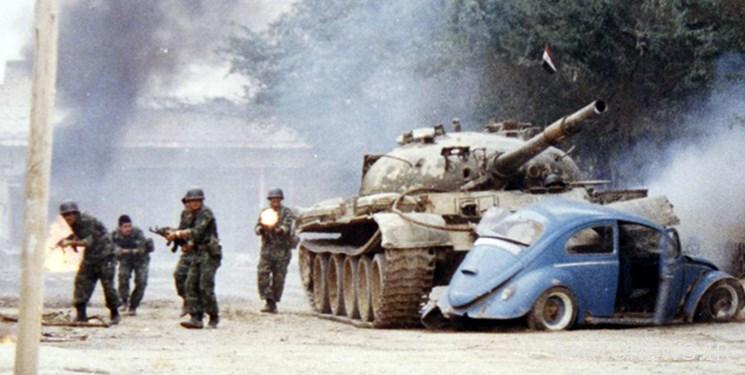
Fars News Agency – Cinema Group: Cinema is perhaps one of the most important genres of art that is formed based on social conditions and history. Every film has and has the ability to narrate an incident for generations to come, and in the meantime, different and important cinematic trends have been formed for the narration of history and also for permanence.
For example, the Italian neorealism cinema movement began after the end of World War II and continued until the mid-1950s. This cinema is a good representation of the conditions of Italy after the Second World War, if you want to have information about this era or see pictures of it, a scene from the works of directors such as Roberto Rossellini, Vittorio Desica and Luchino Visconti will be good references.
The importance of sacred defense in Iran is such that there is a separate genre for films related to it, and every year different works are made in the public and private sectors. Surah Cinema Organization (affiliated to the art field), Oj Media Art Organization, Fath narrative cultural foundation, Farabi Cinema Foundation, etc. are among the organizations that have many productions in this genre.
One day before autumn, that is, 31 Shahrivar is an important day in the Iranian solar calendar. 43 years ago (1359) Iraqi Baathists attacked Khorramshahr and this was the official beginning of Iraq’s 8-year war against Iran. Iraq’s attack on Iran is one of the black spots in contemporary Iranian history. With the start of the war, the country was on the defensive, and from the young to the old, they went to the war fronts to protect their homeland. The defense of Iranians against Saddam was one of the most important issues of the country until 1367. This caused a concern in the minds of the filmmakers so that they could show the defensive action of the Iranians on the screen by depicting the front and the war, so that a trace of the sacred defense of the Iranians for their religion and homeland would be left behind.
In the same 60s, filmmakers started making films about the Iran-Iraq war, and this event led to the emergence of the sacred defense genre in Iranian cinema. In the 60s, most of the holy defense films took the camera inside the front lines and told a story in the heart of the war. Among these movies, we can mention “Night Flight”, “Kanimanga”, “The Observer”, “The Immigrant”, “Attack on H3” and… After we passed the 60s, some filmmakers followed a different path and to innovate in Iranian cinema, they used different scenes of war and life in the midst of it, such as the films “The Smell of Yusuf’s Shirt”, “Shida”, “In the Name of the Father”. “, “Night Bus” and… were shown on the cinema screen.
To analyze the history of the Holy Defense cinema, one must go back to the late fifties. In the heat of the years leading up to the 1957 revolution, a group of writers, poets and artists established the primary core of an artistic and revolutionary institution with the mission of paying attention to committed art arising from the spirit of Islam and named it “Islamic Art and Thought Field”. An institution that later changed its name to the art field and was a refuge and host for revolutionary artists who were looking for a gathering to pursue their valuable concerns after the revolution, and this gathering became the foundation for the formation of a special generation of committed young filmmakers who later created lasting works. They became sacred in the cinema of defense. Now, several decades after the war, the sacred defense genre still exists in Iranian cinema, and works related to this can be seen in the works of prominent cinematographers.
On the other hand, in the recent decades and after the formation of the art field as the first center for the production of cinematographic works, other organizations and bodies such as Oj, Fath narrative foundation, Farabi, etc. And they have turned it into a lasting genre in the identity of Iranian cinema.
Of course, the names of some of these centers, such as the Fatah Narrative Foundation, have a long history and originate from a person like Seyed Morteza Avini.
The Thought and Art of the Islamic Revolution and the Farabi Cinema Foundation have introduced the first productions of the Holy Defense Cinema to the body of Iranian cinema, the review of the 40-year history of the Holy Defense Cinema shows many people and organizations who have started producing in this direction, perhaps one of the The first in this direction is the field of art, the performance of this institution includes works such as: “Mohajer” directed by Ebrahim Hatamikia, “Chem Shishai” directed by Hossein Ghasemi Jami, “Gurken” by Mohammad Reza Artman, “Blami to the Shore” by Rasul Malaqlipour, “Gazagah” ” Shahriar Bahrani, “Panic” by Shahriar Bahrani, “In Search of a Hero” by Hamidreza Ashtianipour, “Mohajer” by Ebrahim Hatamikia, “A Negative” by Karim Zargar, “Chashm Seyeh” by Hossein Ghasemijami, “Chasing the Shadows” by Ali Shahhatami, “Vasl Nikan” by Ebrahim Hatamikia, “Sajadeh Atash” by Ahmad Muradpour, “The Last Identification” by Ali Shahhatami, “Attack on H3” by Shahriar Bahrani, “Seru Zir Khak” directed by Mohammad Ali Bashe Ahanger and… these works in the 60’s and early 70’s are in the genre has prepared a sacred defense.
In the meantime, well-known directors are also seen who made their first films in cooperation with this institution in connection with the holy defense. In the following, we have reviewed a file of some other films of the art organization:
“Blamy to the Shore”
This movie, which is one of the important works of art in the field of sacred defense, was made by the late Rasool Malaqlipour and produced by Mohsen Agha Ali Akbari in 1364. In the summary of the story of this film, it is stated: At the end of October 1359, when Khorramshahr was in danger of falling, a battalion of Guardsmen under the command of Morteza leaves Tehran to help the fighters of this city….
“the passage”
The movie “Passage” directed by Shahriar Bahrani and produced by Mohammad Baqer Ashtiani is one of the works of the sacred defense of the artistic field, which was made in 1365, and it is a story of a soldier named Nasser along with three of his fellow soldiers who went to the front for patrol and reconnaissance operations. is sent Nasser gives his wedding ring to Atefe, who has just married him, and leaves…
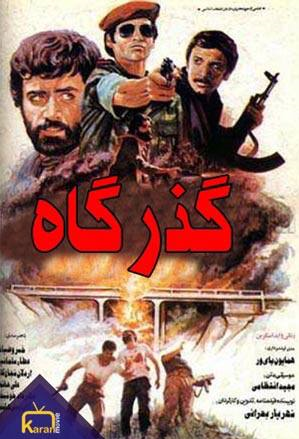
“Immigrant”
The movie “Mohajer” directed by Ebrahim Hatamikia and produced by Abdullah Bakideh is a product of the artistic field, which was made in 1368, and the summary of its story is: The Mohajar drone is controlled from the ground and is used to conduct reconnaissance operations behind enemy lines. Used, due to the limited range of the control device, the pilots are stationed in two opposite stations, facing each other and in the enemy’s lines….
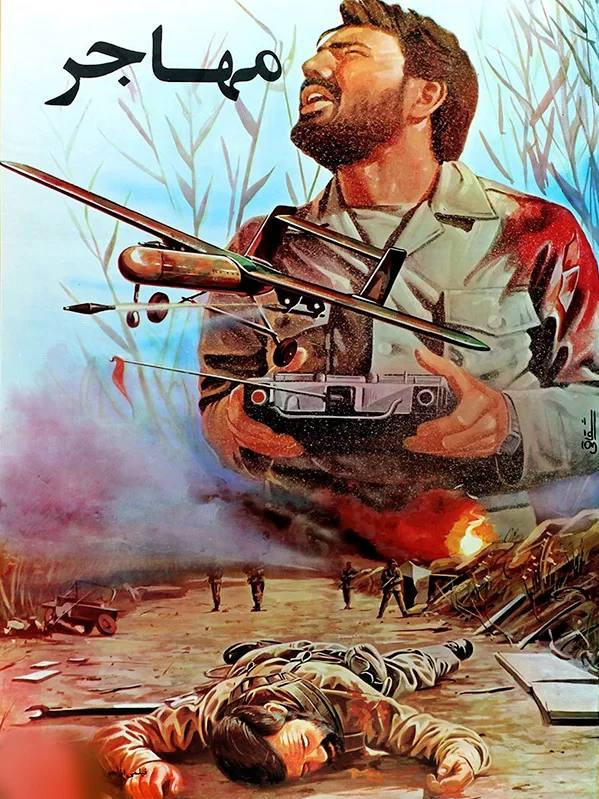
“Attack on H3”
Among the important works of Shahriar Bahrani, we can mention the film “Attack on H3”, which is one of the most influential films of the holy defense genre. This film was made in 1373 by the efforts of the Islamic Revolution Art Center and produced by Ruhollah Baradi, and the summary of its story states: The headquarters of the Iraqi Air Force, which had faced Iran’s air superiority since the beginning of the war, to protect the strategic aircraft, MiG Iraqi Mirage and Topolov decided to transfer them to three very remote bases near the Jordanian border because of their protection from aerial bombardment until the start of Iran’s attack.
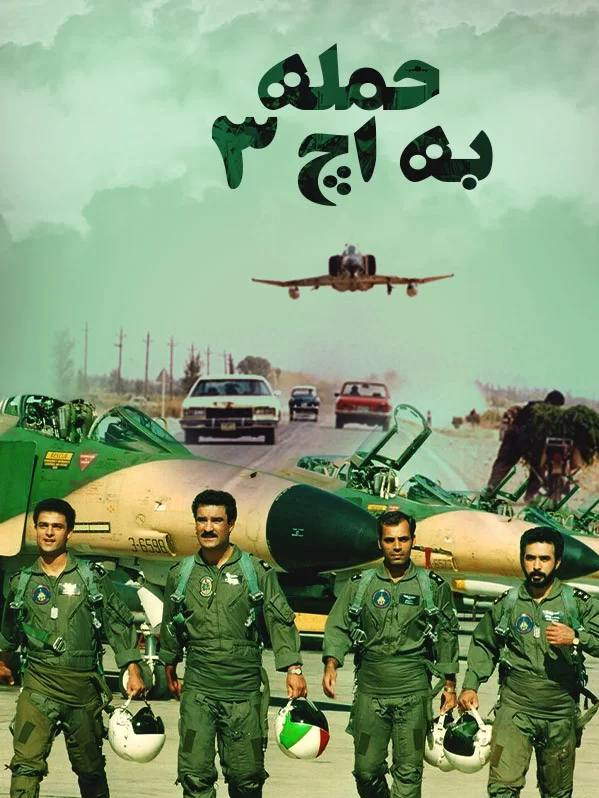
“Hiva”
Hiwa is one of the holy defense genre movies that Rasul Malaqlipour made in 1377 with the cooperation of art department and producer Rahim Arabamini. This film is about a woman named Hiwa Akbari who, after 15 years since her husband Hamid went missing in the middle of the war, decides to visit the war zones and the house where he lived. Golchehra Sajjadieh, Jamshid Hashempour and Atila Pesiani are actors who played roles in “Hiva”.
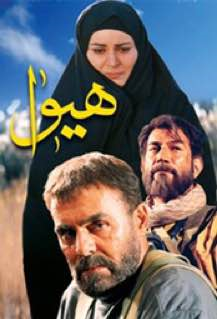
“Sheyda”
In the 70s, Kamal Tabrizi made the movie “Shida” written by Reza Maghsoudi and produced by Ardeshir Irannejad. Leila Hatami and Parsa Pirozfar play the two main roles in this movie. The story of this film is about Farhad, an injured man who temporarily lost his sight and was transferred to a field hospital. In this hospital, he meets a nurse named Shida, and the following events happen.
“Son of the Soil”
The movie “Son of the Soil” was directed by Mohammad Ali Bashe-Ahangar and produced by Seyed Ahmed Mir Alaei in the mid-80s of 2006 and was made by the art department. In the summary of its story, it is stated: After days of waiting, Mina finds her lost traveler in a strange land. Mina has no patience, her heart goes to the sea and she heads to the mountains… it is difficult and long to be in love, and the fire of Mina’s passion is hard and full of flames…
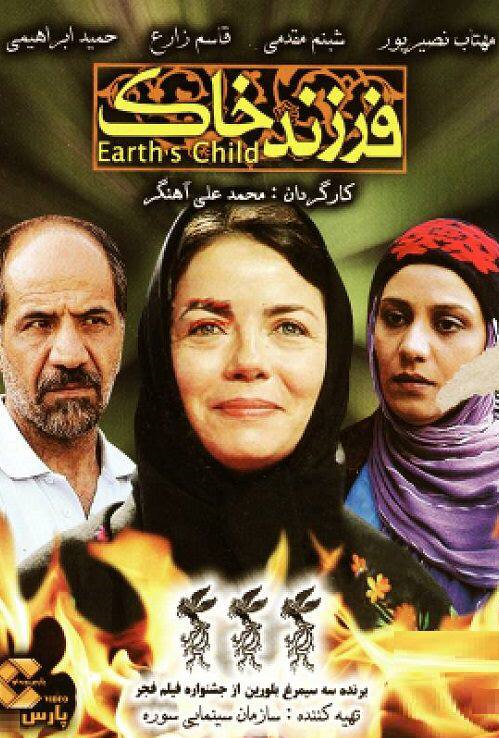
“Ranger”
Morteza (Jamshid Hashempour), an Iranian fighter, is captured by the Iraqi forces in a forest located in Iraq after a fierce conflict. Sami Jaber, the commander of the Iraqi forces, orders him to be transferred to an abandoned camp far from the eyes of the Red Cross. “Ranger” is the title of this movie directed by Ahmed Muradpour and produced by Mohammad Reza Takhtakshian in 1378.
In recent news, it has been stated that the artistic organization for the new year has not lost its taste for the production of a defense movie and is trying to make a new movie in collaboration with Mohammad Asgari, the director of the movie “Goli Room”. This film with the initial name “Western Skies” actually deals with the first days of the beginning of the imposed war and the story of the struggle of the national hero, Martyr Ali Akbar Shiroudi, the commander of the Air Force of the Islamic Republic of Iran, who has many untold stories from the beginning of the struggle of Iranian fighters with the Iraqi army in his heart. has placed It is said that this film has just started its production to prepare for the unveiling at the 42nd Fajr Film Festival.
31 Shahrivar and 8 years of holy defense are very important in the history of contemporary Iran. However, the importance of this period in Iran’s history is not limited to one week in particular, and all these 8 years of defense against the Baathist regime in Iraq are full of important subjects, which in recent years have been created by directors and artists who are concerned about creating special works. has also ended. Works such as “Gharib”, “Kharajiha”, “Abu Ghraib Strait”, “The Third Day”, “Shyar 143”, “Mahdi’s Position”, “Mud Room”, “Villaiha” and… Iran have become permanent. Of course, the holy defense still has a lot of work to do. To the extent that the leader of the revolution said in his recent meeting with veterans and activists of the holy defense: “The greatness of the event of the holy defense must be recognized. A lot has been done, but I think there is still a lot of room for work. “We have not been able to know the details of this huge and colorful painting.”
end of message/
You can edit this article
Suggest this article for the first page

